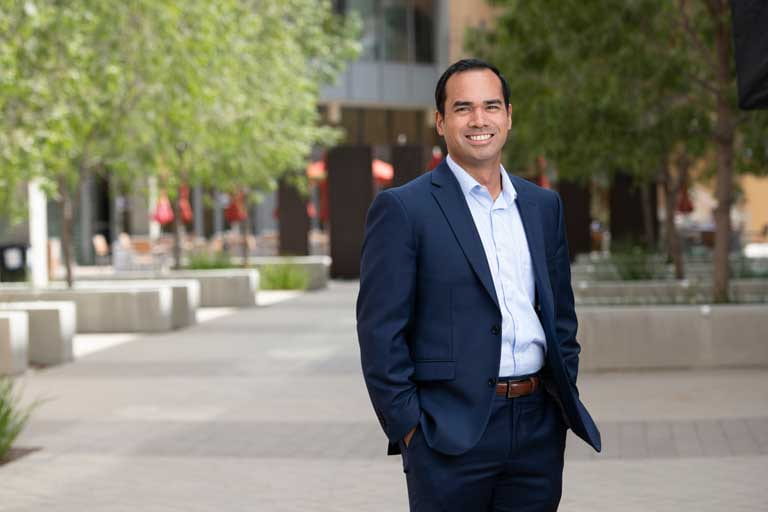An inside look at the US census
Sociology professor Judith Treas consulted on the design of U.S. census forms arriving in more than 120 million mailboxes this month. Census results affect the allocation of more than $400 billion in federal funding.

Census forms are arriving in more than 120 million U.S. mailboxes this month. Results from the 10-question survey – among the shortest in 220 years – will guide congressional redistricting and the allocation of more than $400 billion in federal funding.
Collaborating on the design of the 2010 census was Judith Treas, UC Irvine sociology professor and director of the campus’s Center for Demographic & Social Analysis. Here, she talks about her role in the survey and the survey’s role in government.
Q: What is the census and why is it important?
A: The Constitution requires a count every 10 years to determine how many congressional seats each state gets. Of course, some congressional funding formulas also use this data in giving out money to local areas. Closer to home, for me, is that dozens of faculty affiliates of the Center for Demographic & Social Analysis use census data in their research. For instance, it provides a baseline for estimates of infant mortality rates and the building blocks for spatial analyses of neighborhood change.
Q: As a sociologist, how did you get involved in this decade’s count?
A: The Population Association of America nominated me, and I was appointed by the Census Bureau to serve on the Census Advisory Committee of Professional Associations, which provides technical consultation to the bureau on its practices and data products. Committee members – experts in statistics, marketing, economics and demography – were briefed by census employees on a host of issues ranging from broad operational concerns, like steps to protect data confidentiality, to narrow questions about how to report data from ongoing surveys. We were a second set of eyes evaluating the bureau’s numerous pretests of its 2010 form. At every meeting, the committee made dozens of formal recommendations that we believe contributed to the scientific value and efficiency of the census.
Q: Is the bureau requesting any information this year not previously tracked?
A: The 2010 census doesn’t aim to collect new data, but it does aim to do a better job of getting correct information on such basics as age, sex and race. This may seem straightforward, but it’s easy to confuse somebody filling out a form. For example, the 2000 census asked respondents to identify any cohabitant who was a “natural child.” Some people interpreted that to mean a child born to an unmarried couple or one not born by Caesarean section. You only find this out with in-depth interviews or by comparing results from different versions of the question. This year the form uses the more clear-cut term “biological child.”
Q: Why only 10 questions?
A: In the past, a random subset of the population got a long form asking many more questions on, say, employment or migration. This isn’t really needed anymore because the ongoing American Community Survey is out in the field collecting this information day in and day out. Congress told the Census Bureau to keep it simple to avoid burdening Americans with paperwork, and that’s what the bureau has done.
Q: What did you take away from your time on the 2010 census committee?
A: The experience gave me real-world examples to share with UCI’s graduate students in demographic & social analysis, specifically in my research design class. The U.S. census – and all the work that goes into it – is population research in action.
